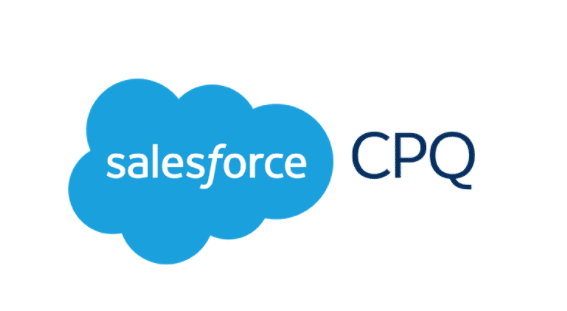QuickBooks Integration in Salesforce
Quickbooks accounting software helps companies manage their finances by creating a range of financial reports and generating receipts and invoices. It helps gain insights through financial data that can help your organization plan better for the future. QuickBooks also happens to be one of the most widely used platforms for small-business accounting.
Salesforce, which happens to be one of the most popular CRM products available, now integrates with QuickBooks. This is
beneficial to help sales people get plugged into what’s happening with customer status, product pricing, and other financial issues that may impact their job. With a QuickBooks integration in Salesforce, it makes it much easier on both the sales team, and the financial team, to work together and make things happen.
QuickBooks Integration in Salesforce can improve both platforms.
Organizations that make the effort to track their customer data and infer insight from that data, have an advantage. When combined with Quickbooks, you reap the benefits of having full visibility into the direct way your sales team and your customers impact your finances.
- It pushes your sales team to interact more with accounting.
- It reduces duplicate data entry.
- There is a decrease in human error due to less multiple data entry.
- Productivity is increased due to more automated processes.
- There is a better focus on business growth, and less time and money spent on administrative headaches.
How Salesforce specifically integrates with QuickBooks.
There are countless integration possibilities, and having the right Support is crucial to these processes going smoothly during integration, and after the integration. The right Salesforce partner can suggest ideas for customization specific to your vertical. If you go into it blindly, you’ll run into issues. But there are ways to avoid potential challenges with integrating with Salesforce.
Custom fields and objects are a common customization that adds new fields or defines new custom objects relevant to your organization. Customized invoices and customized payments are a common example with Quickbooks.
Quickbooks integration in Salesforce sometimes calls for a modification in existing logic, or adding additional steps. Custom integration flows are common in this instance. For example, if an opportunity is updated or created in Salesforce, you may want to create a new invoice in Quickbooks, or send an email, or create a notification. Does it make sense to do two out of three? Or perhaps all three? It’s up to you.
Nuances in business logic change the way an integration needs to be configured to support variability in your data. Mapping customized fields is one thing, but determining what to do when there are extenuating variables can get more complicated. If a customer in Salesforce is updated, for example, but they do not exist in Quickbooks, what happens? Is it to be flagged as an error? Should it create the customer contact in Quickbooks? This would all depend on your specific needs.
Quickbooks integration in Salesforce sources from whichever system of reference makes the most sense. It would stand to reason to choose whichever platform has the most clean and accurate data, as the master data.
Mapping one cell of data in Salesforce to another cell in Quickbooks is all good and well. But data traversal and enrichment options are available to enhance the potential for gathering additional relevant data in certain cases. For example, if you want to integrate invoices to incorporate certain payment type information (account numbers, check identifiers, etc.), you may have to traverse data objects and gather additional information. Adding new steps is certainly possible.
Sources:






